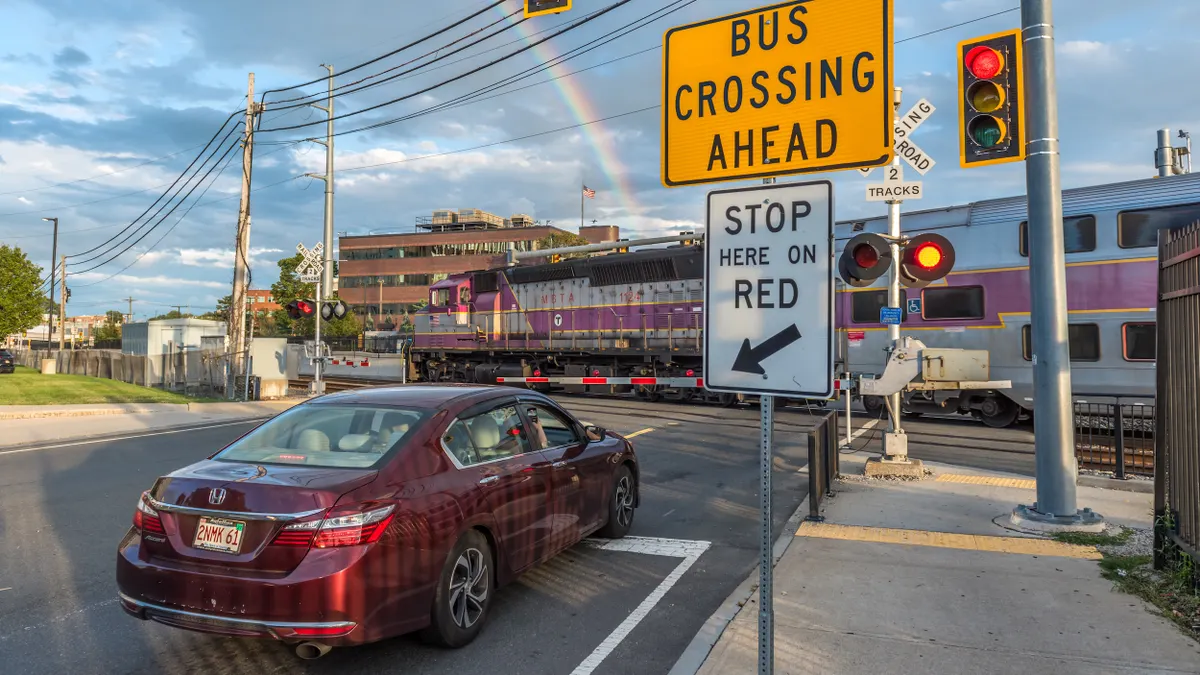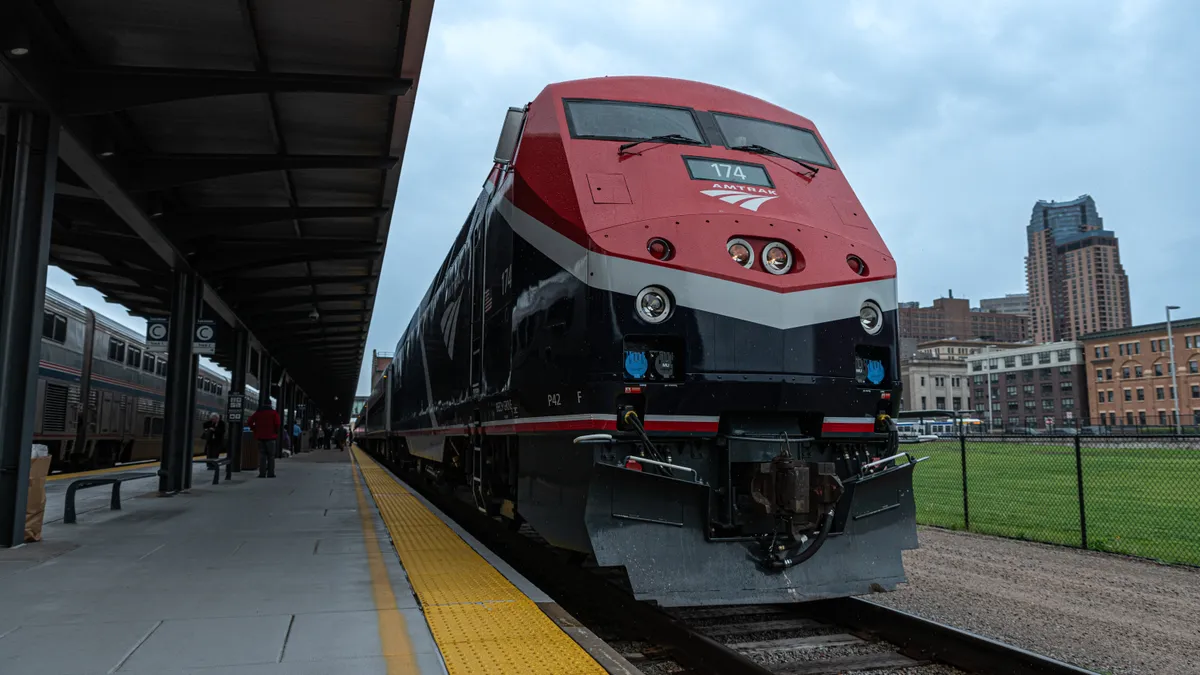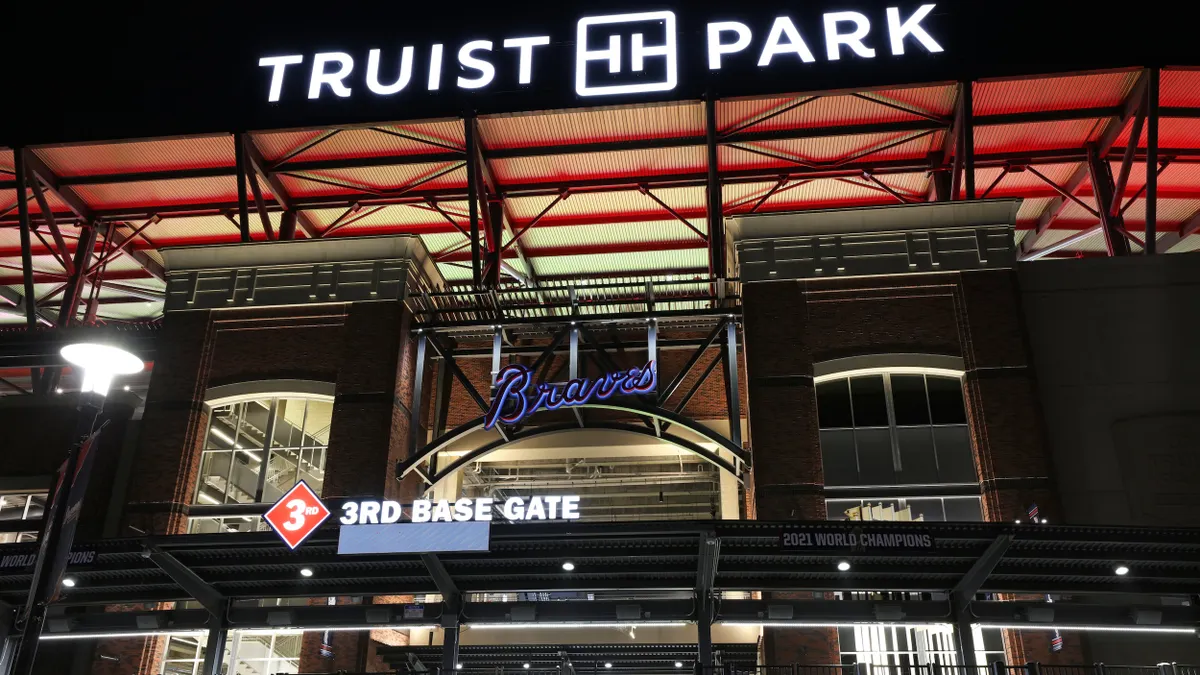At the start of the financial crisis in 2008, IBM Chairman, President and CEO Samuel Palmisano spoke at a leadership forum in Istanbul, Turkey. "A Smarter Planet: The Next Leadership Agenda" marked, to some, the start of the smart city moment. In the remarks, he proposed a "smart earth" to make full use of the new generation of information technology.
At the time, cities — many of which were launching programs to make their communities more livable as residents were stuck with upside down mortgages — were willing to try new ideas. By 2010, the European Union launched "Europe's Digital Agenda" and created programs that focused on innovation and investment in information communication technology (ICT) that could improve cities. Even with the depleted budgets from the Great Recessions, cities felt they had to do something.
"Ultimately, having a crisis forces action," said John Gordon, the chief product officer for GE Digital.
Projects, like open data portals and smart LED streetlights, defined the first tentative steps into smart city work. Launching public Wi-Fi networks with hopes that others would provide services using that was another project that showed up in early smart city iterations.
"The attitude was 'we’ll build it and they will come,'" said Sean Harrington, vice president for city solutions at Verizon.
And there was a lot of low-hanging fruit. Cities were underinvested in technology, according to Gordon. A lot of the projects, however, were centered around a big company coming in and finding a solution for one problem. While these projects were helpful for showing that the technology worked, it ultimately would not scale to tackle problems individually.
"Ultimately, having a crisis forces action."

John Gordon
Chief Product Officer, GE Digital
If those projects were smart cities 1.0, the current smart cities 2.0 relies less on this model and more on tackling projects holistically. This "second version" of smart cities is still developing, but now apps, IoT and connected sensors are defining the types of projects and pilots in the works.
Improving technology has helped, like going from 2G to 3G, 3G to 4G. Sensors prices are dropping, and automation is ramping up in bureaucratic work.
Sameer Sharma, the global general manager of Intel's IoT Smart Cities Group, sees social media as one of the new main drivers of projects and priorities in cities, because people are aware of what’s going on and can give feedback. That also creates shorter feedback loops, which can keep cost down. Yet even as costs come down, Sharma said, a lot of projects are still beyond the scope of city budgets.
"We were never limited by our imagination," Sharma said. "We were limited by economic viability."
Though costs haven’t been the only obstacle to overcome.
"There are consistent things that have stopped cities from getting smart and scaling," said Mike Zeto, general manager of smart cities at AT&T. "Policy, procurement and funding."
Those issues have shown up for both smart cities 1.0 and 2.0. The biggest change might be that cities are being proactive, rather than reactive, when it comes to getting other stakeholders involved.
"1.0 was the city just putting technology out there," Zeto said. "2.0 is the citizens and the ecosystem getting involved more."
Smart cities 3.0
There is no consensus on when or what smart cities 3.0 will be. But it will likely involve 5G internet, autonomous vehicles (AVs) and more improvements in artificial intelligence.
Various companies are promising AVs on the roads over the next five years, but driverless cars still have technology hurdles to overcome and more action, both on the state and federal level, needs to happen first. Artificial intelligence will also start to invade city services. Chatbots, sensors and city data all could be improved once more algorithms are developed and chip hardware and software are improved.
Many of these improvements depend on 5G. While cities have already gone through 2G to 3G to 4G and LTE, going to 5G will be a different transition. While there is more bandwidth, 5G deals with a complicated network and real-time uses for things like drones and AVs.
"If the drone is about to hit something, it needs to correct right then, not even two or three seconds later," Sharma said. "It’s a huge challenge, but so is the opportunity."
San Diego’s new LED street lighting system is another early, big deployment. Putting sensors in 14,000 lights, the project has multiple cameras, environmental and audio sensors, and can improve issues like traffic flow and parking optimization, detect gunshots, monitor air quality and issue weather emergency alerts. The city could also save around $2.4 million in annual energy costs with the project.
Previous deployments were done piecemeal and unconnected. Microphones for gunshot detection, cameras and environmental sensors might all hang off one light post, run by different departments. One platform is easier to deploy, cheaper for maintenance and has better uptime which results in better data — plus, there are fewer departments to talk to.
Those sensors will eventually need to do more than provide data, Harrington said. Adding services, like for public safety and security, will be next. That means, instead of just collecting raw video that someone looks through, security cameras will collect metadata, like when certain motions happen in the feed, and allow the police to be more proactive.
This type of service will need 5G, too.
***
Over the coming years, Zeto said more types of opportunities should scale up. Smart projects will grow from smart cities to smart municipals to smart states.
"The same issues are still there, we are just finding new ways to solve the problems," Zeto said.
The data from those projects, when being deployed at scale, will help everything from AI having the resources needed to allow decisions to be automated to crafting policy for drones. Zeto suspects that’s still 10 to 15 years out.
"At the pace that government moves and the challenges to deploy at scale, you got a good ways to go," he said.
But that’s the way smart city projects have worked in the past and will continue.
"This is an evolution, not a revolution," Zeto said.



















